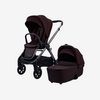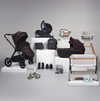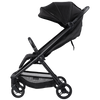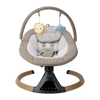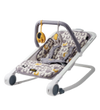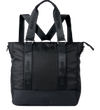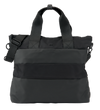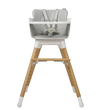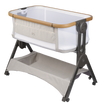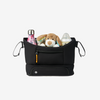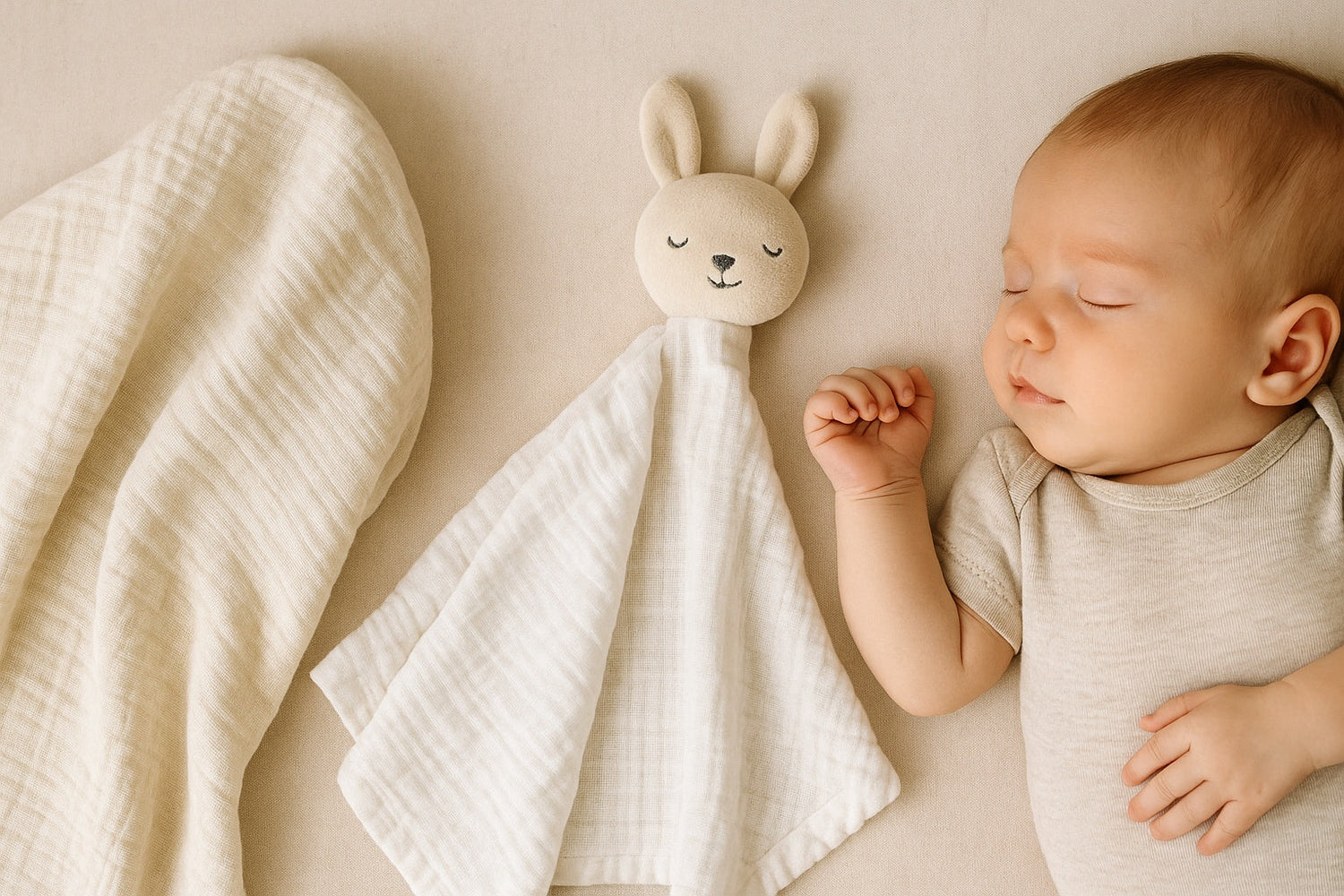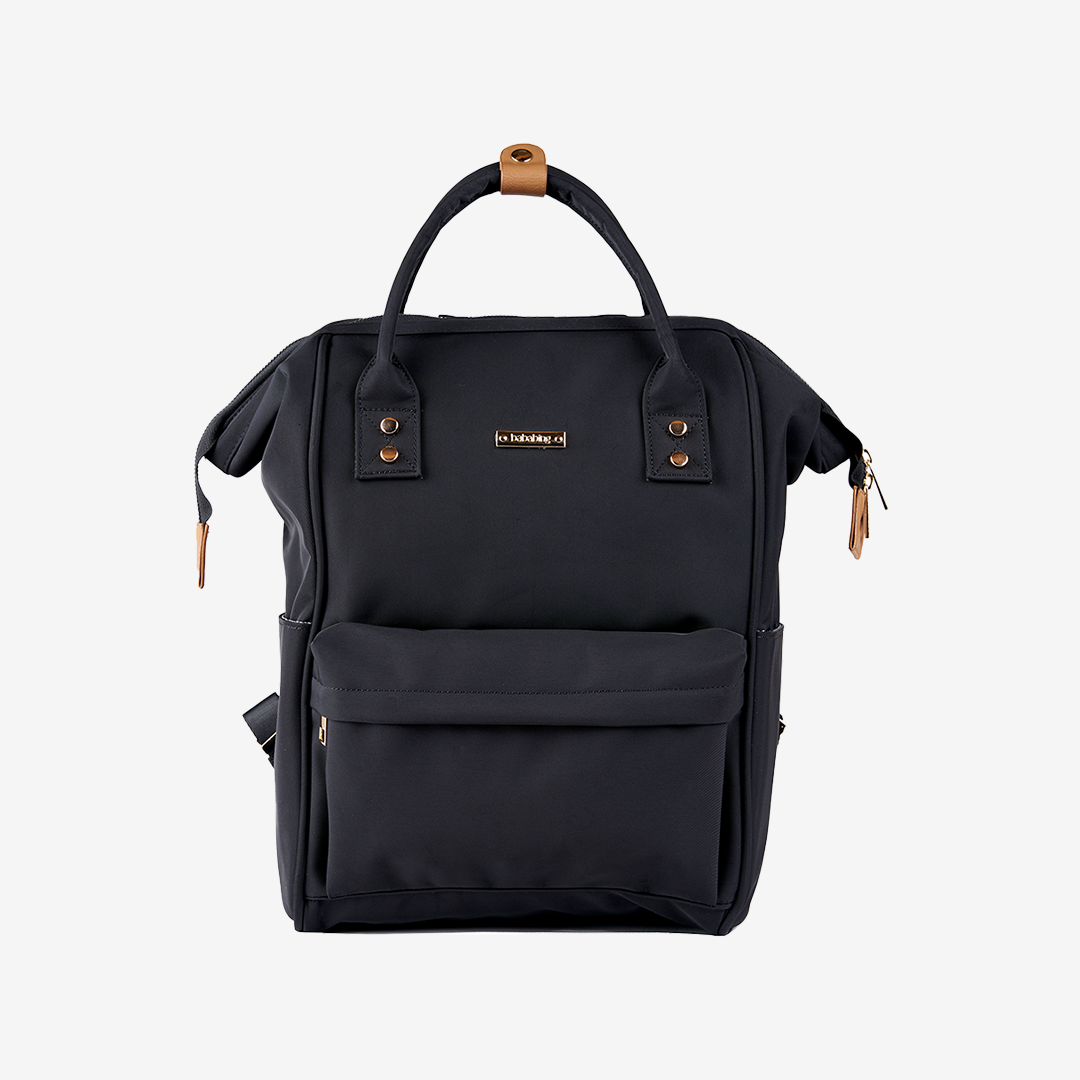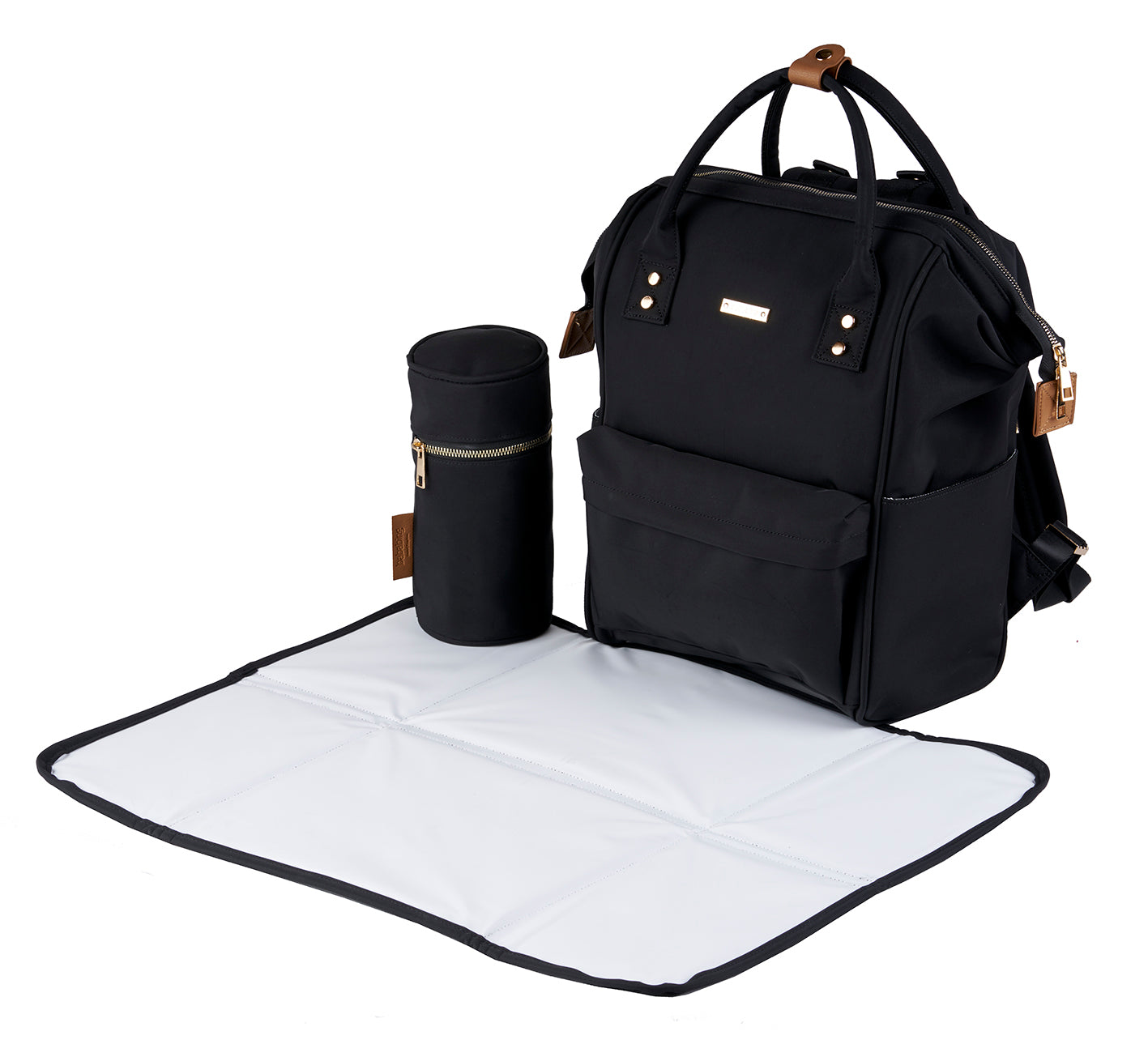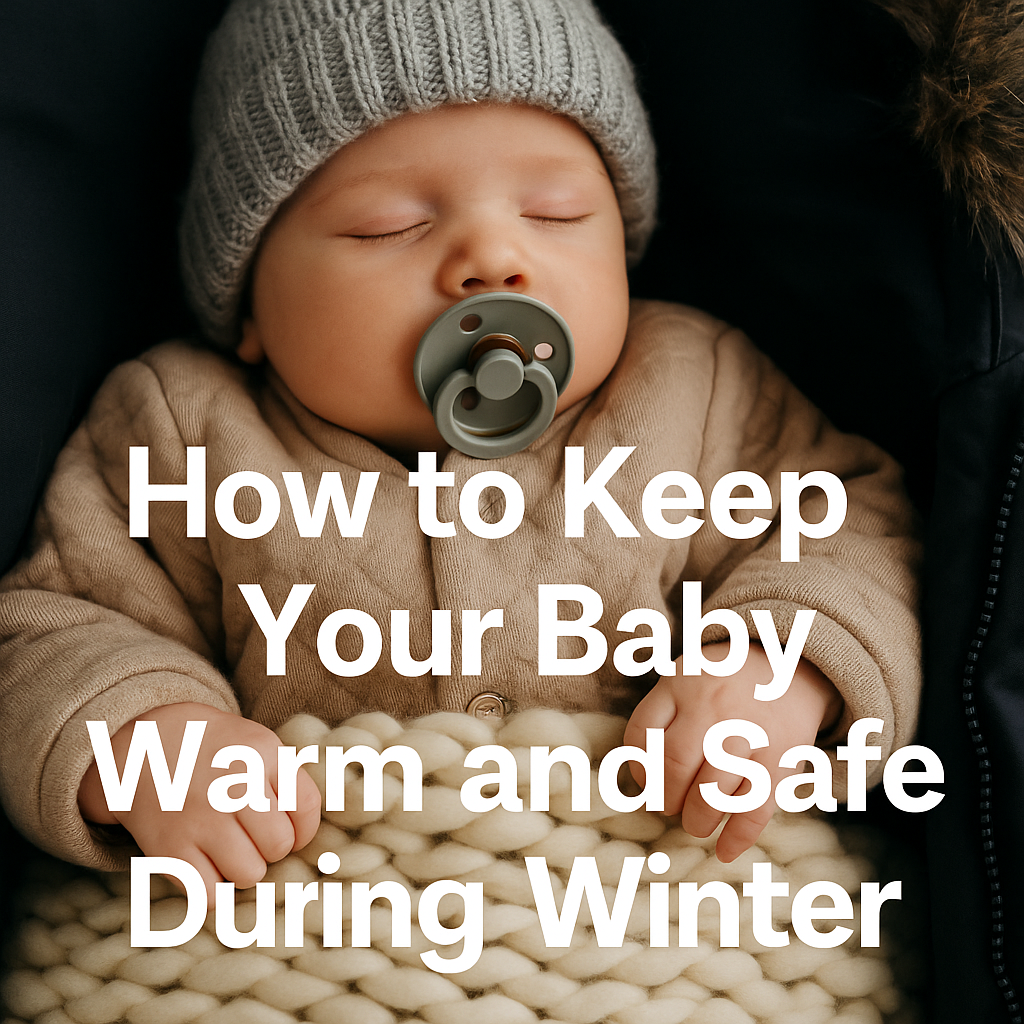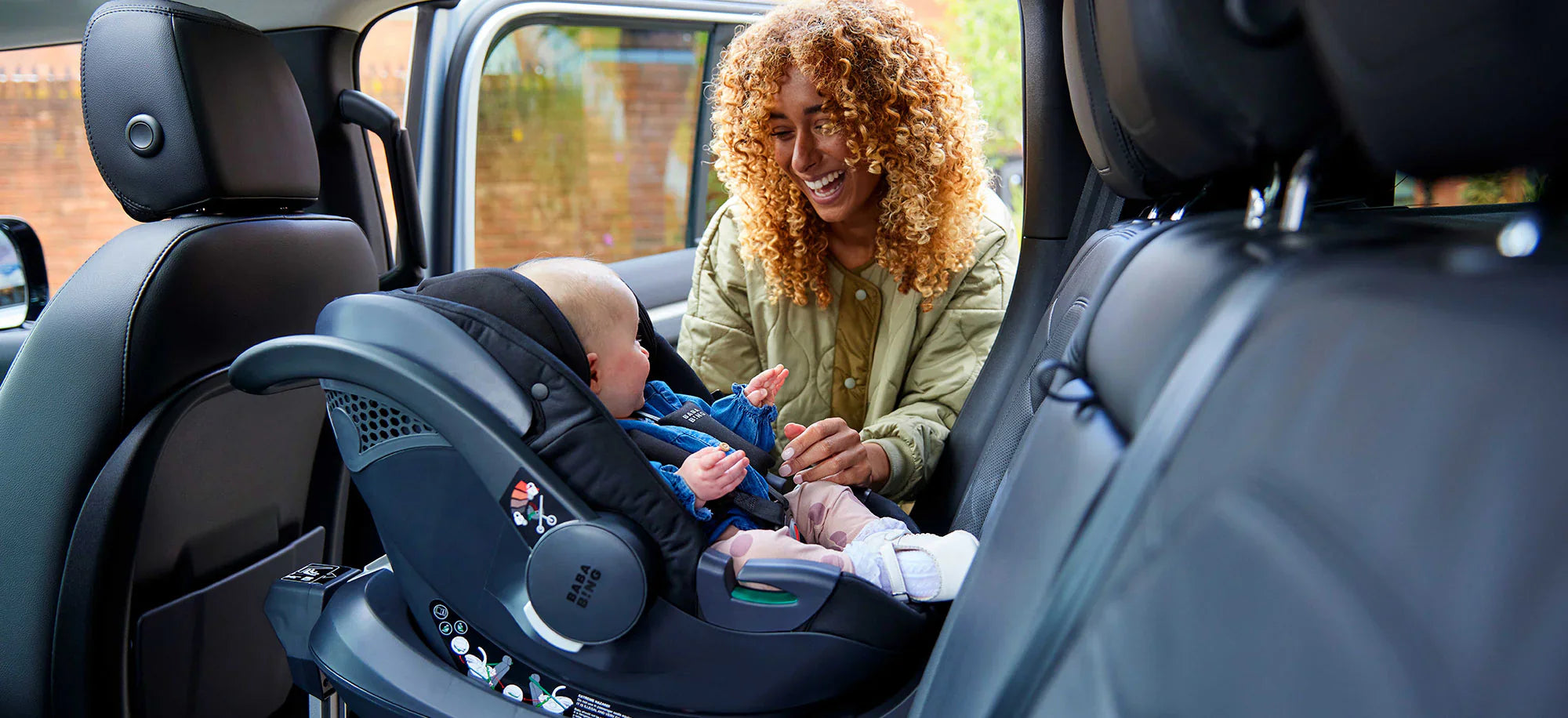Muslin cloths are one of those baby items that seem to do everything. They wipe up spills, double as feeding covers, become impromptu blankets, and often end up as comforters for little ones. But when it comes to sleep, parents often ask: is it safe for my baby to sleep with a muslin?
The short answer is: not always. Safety depends on how a muslin is used, your baby’s age, and whether the product is specifically designed for sleep. Let’s explore the guidance, the risks, and the safe ways muslins can fit into your baby’s sleep routine.
What Exactly Is a Muslin?
Muslin is a finely woven cotton fabric, lightweight and breathable. In the baby world, muslins usually come as squares or larger swaddles. Their versatility is what makes them so popular:
Newborn care: burp cloths, changing mats, comfort layers.
Feeding time: covering shoulders, cleaning spills, or draping over when breastfeeding.
Soothing: babies often grab, stroke, or hold muslins because they’re soft and familiar.
This natural attachment is why many parents wonder whether it’s okay for a muslin to be part of sleep.
What Do the Experts Say?
The Lullaby Trust Guidance
NHS Advice
The NHS echoes this guidance. Their safe sleep recommendations highlight a clear cot: no duvets, pillows, bumpers, toys, or loose fabrics. Babies should sleep in their own space, on their back, feet-to-foot in the cot.
The bottom line: it is not safe for babies under 12 months to sleep with a loose muslin cloth in their cot.
Why Loose Muslins Can Be Risky
Even though muslins are breathable, the risk lies in them covering a baby’s nose and mouth. Newborns and young babies lack the strength to move the fabric away, which can lead to suffocation or overheating.
Muslins also bunch up easily. A folded or scrunched muslin is less breathable, making it just as risky as thicker fabrics.
Safe Ways Muslins Can Be Part of Sleep

1. Swaddling
Large muslins are often used for swaddling newborns. Swaddling can make babies feel secure and reduce startle reflexes. But it must be done correctly:
Keep the swaddle loose around the hips to prevent hip dysplasia.
Stop swaddling as soon as your baby shows signs of rolling.
Always lay your baby on their back to sleep.
2. Muslin Comforters (After 12 Months)
Many brands make muslin comforters — smaller cloths often attached to a soft toy head or stitched in a safe design. These are tested to safety standards such as BS EN 71 (toy safety).
It’s best to wait until your baby is at least 12 months old before introducing a muslin as a sleep comforter. By this age, the risk of suffocation is much lower.
3. Daytime Familiarity
Safer Alternatives to Loose Muslins at Night
Baby Sleeping Bags
Cellular Blankets
Age-Appropriate Comforters
Common Parent Questions
“But my baby already grabs a muslin when feeding — won’t they miss it at night?”
“Are muslins safer than blankets?”
“Can I tie a muslin to the cot bars?”

Practical Tips for Using Muslins Safely
Keep muslins for feeding, changing, or daytime comfort — not for unsupervised sleep.
Wash them regularly to keep them hygienic, since babies often chew or suck them.
Choose smaller, safety-tested muslin comforters if introducing after 12 months.
Educate caregivers (grandparents, babysitters, nursery staff) about safe sleep practices.
The Role of Muslins in Everyday Parenting
Muslins are wonderfully useful. They’ll likely be with you from the first feed to toddlerhood — not just as cloths, but as transitional objects of comfort. With safe use, they can be part of your baby’s routine without putting them at risk.
Remember: when it comes to sleep, the rule is “clear cot, safe cot.”
Final Thoughts
So, is it safe for your baby to sleep with a muslin? Not if it’s a loose cloth in the cot. Safety guidelines from the NHS and The Lullaby Trust make it clear that babies under 12 months should sleep in a clear cot with no loose fabrics.
That doesn’t mean muslins can’t be part of your baby’s bedtime story. They’re perfect for swaddling newborns (done safely), and later on they can transition into small, safety-tested comforters once your child is old enough.
Muslins are one of the most versatile tools in a parent’s kit. Use them wisely, and they’ll support you from messy feeds to cuddly toddler snuggles — but always put safe sleep first.

